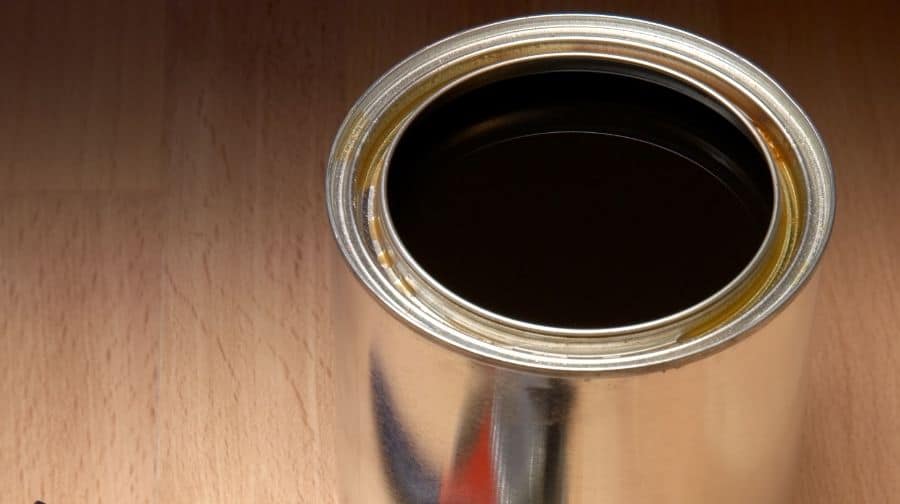
Yes, why not! Making your own wood conditioner at home is an easy and creative thing to do. All you need is few ingredients (two to three) and a cloth for the application.
So, if you are also interested to know how to make wood conditioners on your own, let’s start reading.
How To Make Your Own Wood Conditioner?
Wood conditioner is an essential step every carpenter, woodworker, and DIYer must follow for preventing their wood stain from becoming blotchy here and there. You can find two types of wood conditioners. These are:
- Oil-based wood conditioner (used underneath an oil-based wood stain)
- Water-based wood conditioner (works underneath a water-based wood stain)
The recipe for making your own wood conditioner is not difficult as long as you have all the ingredients in your home. There are many options for making your handmade wood conditioner. Let’s take a look at them.
- Shellac+ Denatured alcohol: You can mix an equal amount of shellac and denatured alcohol as an alternative to a traditional wood conditioner.
- Lacquer+ Lacquer thinner: Mix lacquer and lacquer thinner in a 1:3 ratio, and your homemade wood conditioner is ready.
- Polyurethane+ Mineral spirit: Blend these two in a 1:2 ratio, and you are good to go. This mixture is arguably the nearest to the solid wood conditioner.
- Varnish+ Mineral spirit/ turpentine: You can mix varnish with any of these two options and get a substitute for the actual pre-stain wood conditioner.
All DIYers out here, who are looking for a more simple way of making a wood conditioner at home, here is a quick two-ingredient wood conditioner recipe for you.
Vegetable/ canola/olive oil (3/4 cup) + Apple cider/ white vinegar (1/4 cup)
Mix these two in a big bowl and apply the mixture using a cloth or brush before staining your wood.
Discover 1,000 Hours Of Step-By-Step Woodworking Videos

It’s called Woodwork101. A database of detailed videos and blueprints in crystal clear, mouth-watering HD that will take you by the hand and show you that DIY home projects done the right way are easy, fun, and always of top quality… turning a dream into reality in a heartbeat. Getting you that perfect build each and every time.
What Does A Wood Conditioner Do?
In most cases, wood such as elm, pine, oak, and other softwood stop looking attractive after a while because of irregular unwanted stains and patches all over them. A wood conditioner works as a thin layer over a piece of wood that protects it from getting blotchy. This layer gets used on a wooden piece before starting the staining process.
Wood conditioners create an even layer that holds the stain to get absorbed into the woods and stay polished and new for a long time. It enhances the texture of wooden furniture and improves its quality, and provides it a long life. However, it is still used mainly in softwoods, and some hardwoods also need a wood conditioner for a better finish.
These are some effortless yet extraordinary wood conditioner recipes. Those who don’t have a wood conditioner at home or want to try something new must give these formulas a try. One thing is for sure that you won’t regret using any of these.
Understanding a Pre-Stain Wood Conditioner – a.k.a. Blotch Control
Subscribe to Charles Neil Woodworking on Youtube
Blotchy wood is nothing but ugly. A Pre-Color Conditioner will help a lot. You must experiment thought and make sure you have everything figured out before you finish your project or you could end up with something uglier than botching!
[Video] 3 Most Common Mistakes
When Setting Up Shop

A woodworking friend of mine shared this video by Ralph Chapman with me that helped him set up his workshop.
The video explains the benefits of Ralph Chapman’s guide about setting up an affordable workshop and avoiding the most common mistakes offers to anyone interested in woodworking.



